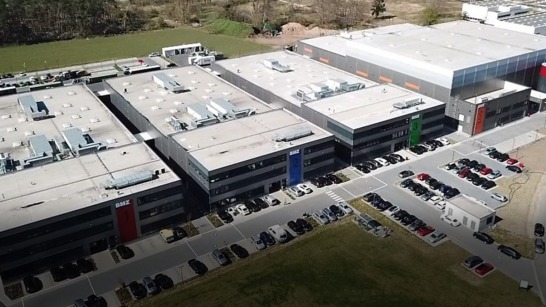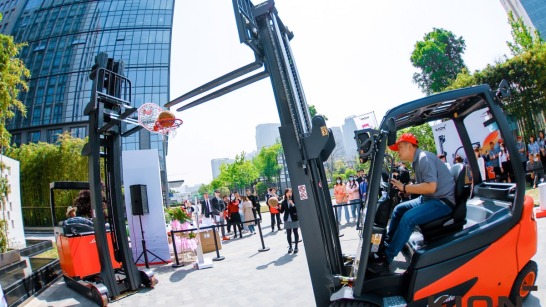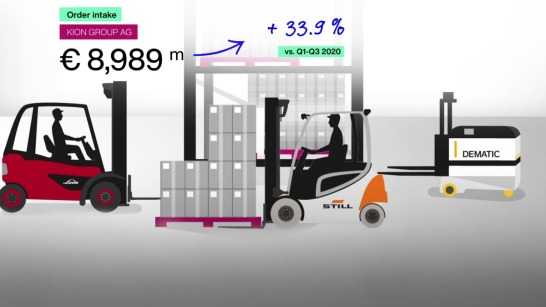For 25 years, everything at BMZ has revolved around one topic, which, due to climate change is taking on an ever more important role for many industries and technologies: powerful lithium-ion batteries. The BMZ Group has a wealth of expertise in this field. Together with its customers, it develops innovative high-tech battery systems for various areas of application. The broad product portfolio includes batteries for electric bikes, electric tools, medical equipment, and industrial battery solutions to name but a few. Intralogistics is also a significant area of application. For this reason, BMZ has had a long-standing partnership with the KION Group.
KION + BMZ = a strong drive for intralogistics
The battery systems from Karlstein have been used for many years in the STILL and Linde Material Handling industrial trucks. This is because electric forklift trucks have long played a key role at KION: Over the past decade it has sold significantly more than a million electric-powered warehouse trucks and forklifts. And the figures increase every year: In the 2020 financial year, electric-powered equipment represented 87 percent of the incoming orders in the forklift-truck segment at KION. In particular, lithium-ion drives experienced rising demand, since these powerful batteries offer customers numerous advantages: They don’t need to be changed and are a cost-effective alternative to the classic lead-acid battery thanks to their short charging times and the ability to partially charge them, which is especially practical for intensive shifts.
From customer to business partner
To meet this growing demand, KION and BMZ set up the joint venture KION Battery Systems (KBS) at the beginning of 2020. In the purpose-built, 4,000-square-meter production hall in Karlstein, more than 12,000 batteries can be produced every year for KION Group industrial trucks on two new production lines. But this is not only a production site, research is also carried out here. The technological possibilities of lithium-ion technology are far from being exhausted and offer many opportunities for further development. The joint-venture partners want to take advantage of these opportunities in future to better respond to customer needs and individual operating features, and to set new standards for drive technology.




